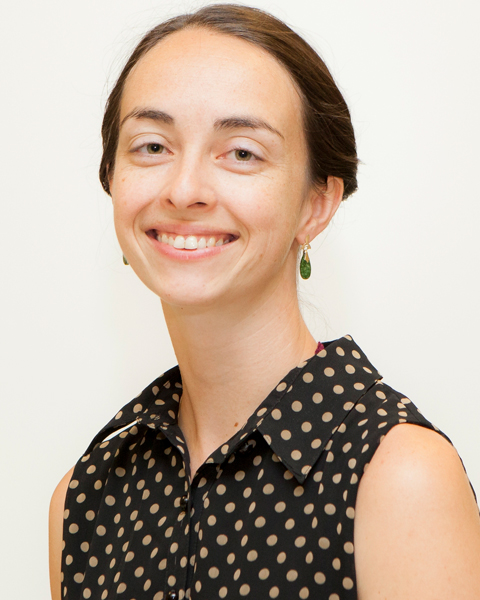Bridget Whearty
Research Fellow 2019 supported by Friends of Glasgow University Library
Bridget Whearty earned her BA from the University of Montana in 2003 and her PhD from Stanford University in 2013. From 2013-2015, she was a Council on Libraries and Information Resources (CLIR) Postdoctoral Fellow in Data Curation for Medieval Studies, working within Stanford University Libraries. Since 2015, she has served as an Assistant Professor at Binghamton University in New York state where she teaches courses on medieval English literature, the history of the book, and the global Middle Ages. Bridget has published on medieval death culture and Chaucer reception (in Studies in the Age of Chaucer), on descriptive metadata and data curation through the lens of medieval poetry (in Meeting the Medieval in a Digital World) and on digital manuscripts and the Summoner in The Canterbury Tales (in Mediaevalia). Bridget is currently finishing her first monograph, currently entitled Digital Codicology: Medieval Books and Modern Laborers.
Bridget’s new project continues her work at the intersection of medieval English poetry and media studies. In “A Glorious Garden of Sinners: MS Hunter 5 and The Fall of Princes Across Media,” Bridget will analyze MS Hunter 5 across its extant iterations: in manuscript, microfilm, and a variety of digital forms. She will begin by creating a new page-level description of the physical manuscript, a deluxe copy of John Lydgate’s Fall of Princes created between 1464-1480. Next, she will study the locally-created and held microfilm copy of MS Hunter 5. Her inquiry here is threefold: first, she seeks to use the traditional tools of book history to recover as much as possible the imaging project through which this microfilm was first created. Second, she seeks to create an honest record of what can still be gained from microfilm copies in our supposed “digital age.” Third, she wants to better understand the impact of earlier microfilming programs on more recent efforts at digitization.
Simply because digitization has become dominant, that does not mean libraries’ and museums’ significant investment in microfilm is not also part of the long media history of this book. Rather than embrace a technological teleology, Bridget wants to uncover the place of microfilm in the long history of this particular medieval book, as well as how this earlier imaging program may impact later digitization efforts. Ultimately, by exploring MS Hunter 5 across all of these media, Bridget seeks to reveal the constant interplay of abundance and scarcity, of the wealth of manuscript possibilities and the limitations of funding and technologies, that is always part of making new copies of medieval books.
As digitization has become normalized in manuscript study over the past twenty years, we have tended to lose sight of important older copying technologies – like microfilm and early partial digitization projects. I see my work on MS Hunter 5 as part of a larger push by scholars of text technologies to put digitization back into its longer technological history. And I’m particularly keen to bring in a specifically and self-consciously library-based perspective on cost and copying here. As part of my work on MS Hunter 5, I’m going to be preparing a new page-level description of the manuscript. I hope to use this description to experiment with new avenues of manuscript description. Methods for describing medieval manuscripts as physical objects remain staunchly pre-digital, even as our digital age rolls on. I want to use my work on MS Hunter 5 to explore methods of description in order to help interested public groups—especially non-specialists—bridge the gap between screen, hand, and mind. I am absolutely thrilled to get to leverage my work with this fantastic fifteenth-century book and its various media avatars to engage new publics in the joys, and rigors, of manuscript study.


